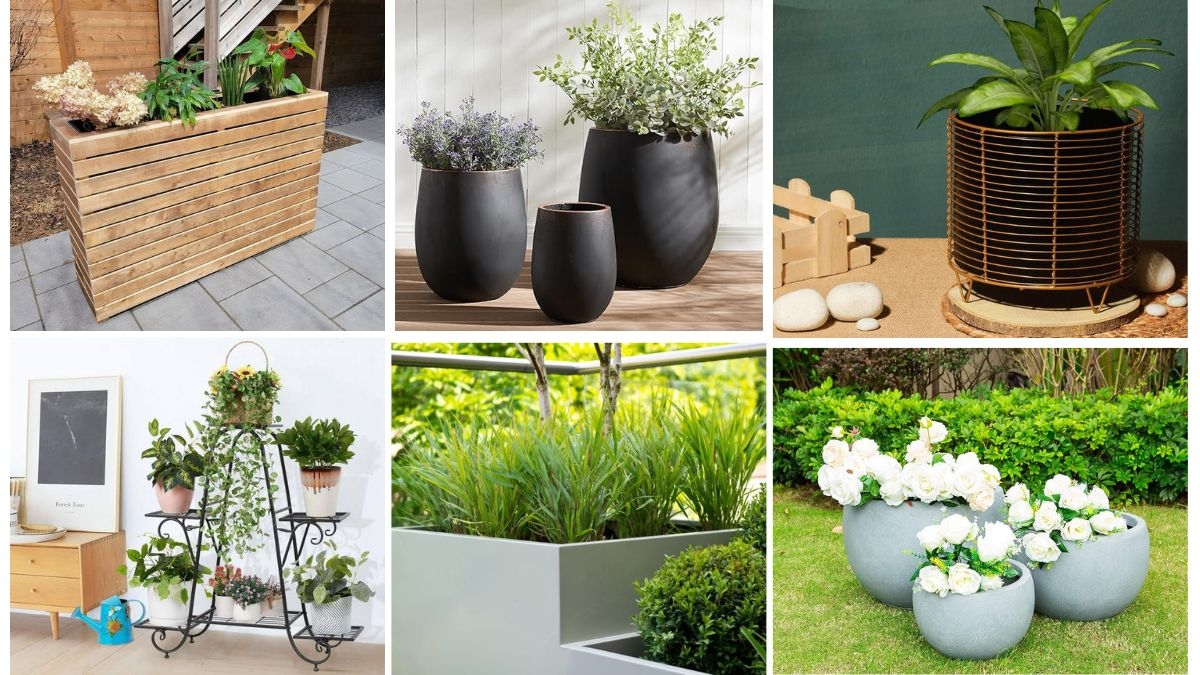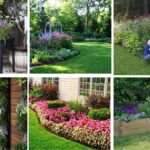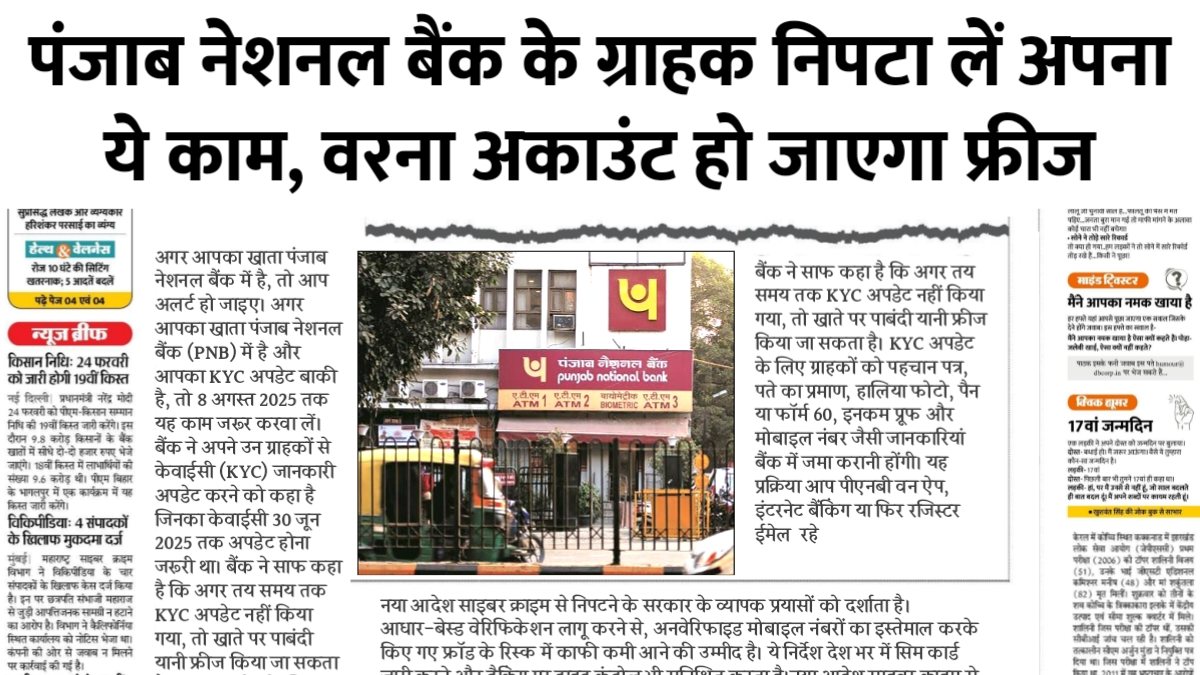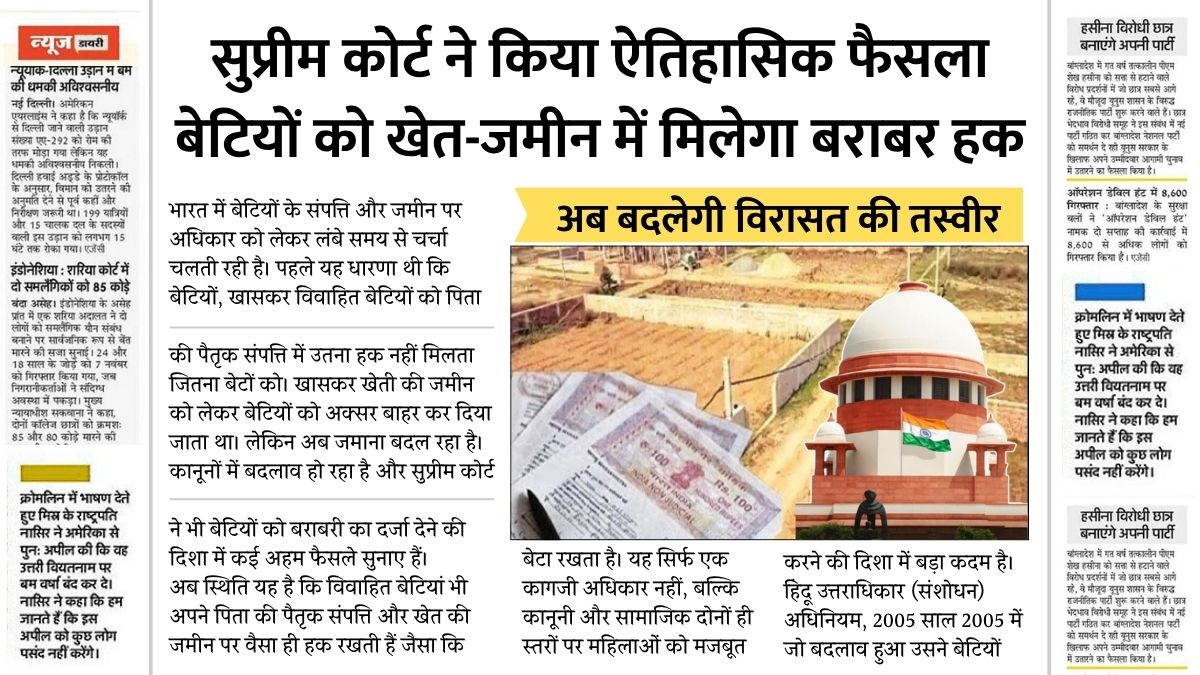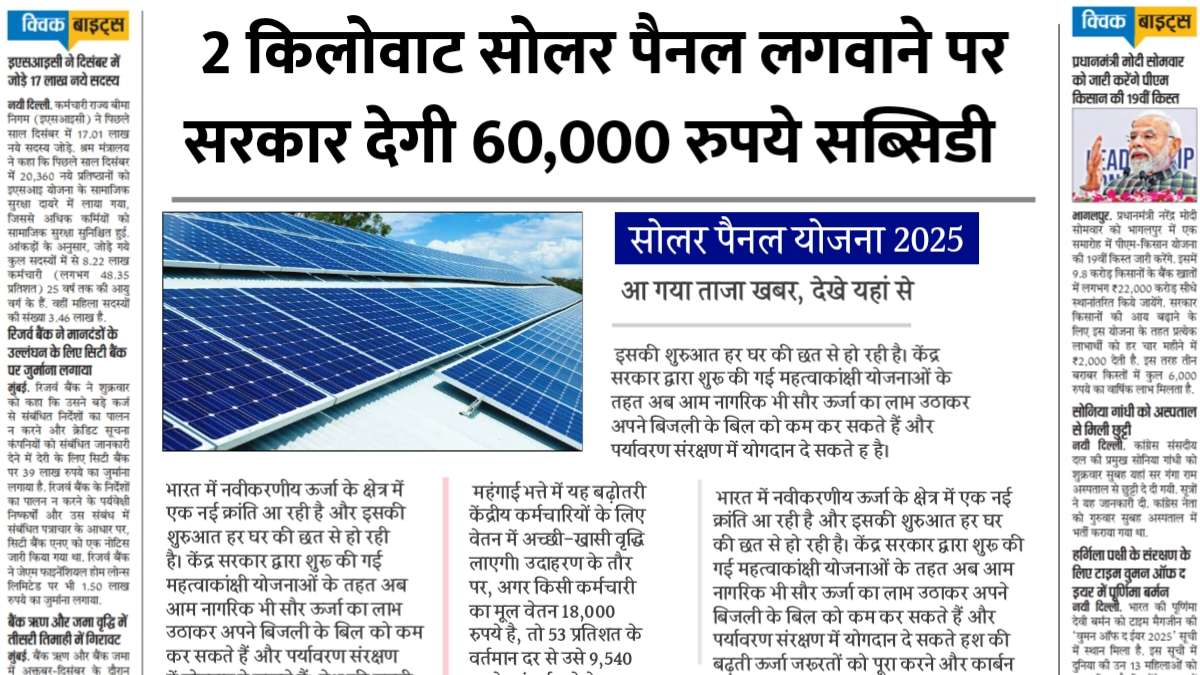In today’s world, where rising temperatures and urban heat are big concerns, planters are doing more than just holding plants. Now, they also help keep your outdoor space cool and comfortable. Whether you have a rooftop garden, a small balcony, or a courtyard, using the right planters can reduce heat, improve air circulation, and support healthier plants.
This article will walk you through seven smart and functional planter designs that improve airflow, lower soil temperature, and help you build a cooler and more enjoyable green space.
1. Elevated Slatted Planters: Let Air Flow All Around
Why They Work
Elevated slatted planters are raised off the ground and built using wooden slats with gaps in between. These gaps allow air to move freely around the planter and underneath it.
Benefits
-
Natural air can pass around the plant and soil easily
-
Prevents roots from getting too hot
-
Water doesn’t get stuck, reducing the chance of soggy soil
-
Looks modern and can also be used as a bench or table
Best For
Decks, patios, or rooftops with hard surfaces like concrete or tiles, where heat tends to build up.
2. Mesh-Wrapped Metal Planters: Cool and Stylish
Why They Work
These planters have a metal frame wrapped in breathable mesh. The holes in the mesh let air pass through, which helps keep the soil and roots cooler.
Benefits
-
Helps sensitive plants stay cool
-
Lightweight and easy to move around
-
Reduces the chances of mold and mildew
-
Stands up well to all types of weather
Best For
Balconies, especially those that get a lot of sun and heat during the day.
3. Hollow-Core Concrete Planters: Solid Yet Smart
Why They Work
Unlike regular solid concrete, hollow-core planters have built-in air spaces inside. These air channels help keep the soil cooler and act as insulation.
Benefits
-
Naturally cools down the soil using air and the concrete’s mass
-
Very strong and stable
-
Needs little maintenance over time
-
Can be designed in many shapes and sizes
Best For
Modern landscape projects, city rooftops, or public areas where shade is limited.
4. Air-Pruning Fabric Planters: Breathable and Root-Friendly
Why They Work
Made from soft, breathable fabric, these planters let air and moisture pass through easily. This unique design supports something called “air pruning,” which helps plant roots grow stronger.
Benefits
-
Keeps soil and roots from overheating
-
Roots grow denser and healthier
-
Very light and easy to carry or fold
-
Great for plants in hot or humid areas
Best For
Greenhouses, community gardens, or anyone who needs planters that are easy to move.
5. Planters with Built-In Vent Channels: Cooling from the Inside
Why They Work
These planters come with specially designed air channels built right into the structure. Air moves through these vertical vents, cooling down the soil inside.
Benefits
-
Keeps root zone cool even in hot sun
-
Helps plants “breathe” better
-
Often comes with self-watering features
-
Reduces the need to water often
Best For
High-rise balconies, sunny patios, or tropical places where planters heat up quickly.
6. Dual-Wall Insulated Planters: Climate Control for Plants
Why They Work
These planters have two walls with a pocket of air in between. This design helps keep the temperature inside the planter stable—cool in summer and warmer in winter.
Benefits
-
Natural temperature control without needing electricity
-
Reduces damage from sudden weather changes
-
Often made with eco-friendly materials
-
Looks sleek and modern
Best For
Herbs, vegetables, and other plants that are sensitive to hot or cold weather.
7. Modular Planters with Air Gaps: Custom Layouts That Breathe
Why They Work
Modular planters are made to fit together like building blocks. When placed with a gap or vent space between them, they let air flow freely and reduce heat buildup.
Benefits
-
Can be arranged in different shapes and sizes
-
Air moves between planters and surfaces
-
Easy to move and change layout
-
Great for vertical gardens and green walls
Best For
Apartment balconies, modern building walls, and anyone who wants flexible and breathable garden design.
Why Airflow Matters in Planters
Hot weather and trapped heat can be harmful to both plants and people. When the soil in a planter gets too warm, it can damage roots and slow down plant growth. Also, poor airflow causes mold, mildew, and pests to appear.
These functional planters improve airflow and help:
-
Lower soil and air temperature
-
Provide oxygen to plant roots
-
Reduce plant stress in hot weather
-
Support better growth and flowering
Good airflow also helps you create a more enjoyable and cooler outdoor space—especially useful for small urban areas where heat can build up quickly.
Tips to Boost Cooling Even More
While these planters are already great for airflow and cooling, you can improve results by adding a few extra strategies:
-
Use light-colored planters to reflect sunlight
-
Add mulch on top of soil to hold moisture
-
Place planters in areas with some shade
-
Group plants together to create a natural cool zone
-
Choose drought-tolerant or heat-loving plants
Combining smart planter designs with smart gardening choices can turn your space into a calm, green, and cooler retreat—even in the hottest summer months.
Final Thoughts
Planters are no longer just simple containers for plants. With clever design and the right materials, they can become powerful tools for reducing heat, improving air quality, and making your garden or balcony more comfortable. Whether you’re a city gardener, a rooftop designer, or just want a cooler spot to relax, choosing the right kind of planters makes a big difference.
Try one or more of these seven functional planter ideas to build a garden that not only looks beautiful but also helps you and your plants stay cool and happy.
Let your plants breathe—and enjoy a greener, fresher, and more livable outdoor space.
